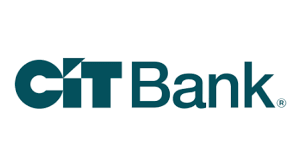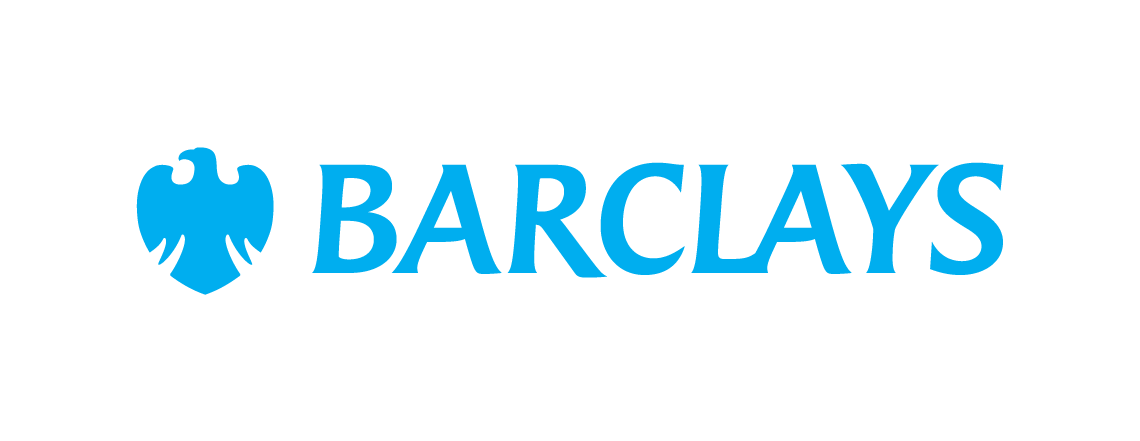Here's the Average Wealthy American's Retirement Savings. How Do You Compare?
KEY POINTS
- Americans in the top 10% by net worth have over 10 times the retirement savings of middle-class Americans.
- Ordinary Americans can match or beat the 10%ers if they invest as much as possible, as early as possible.
- You probably don't need millions in the bank to retire comfortably -- but it's still a goal worth aiming for.
Wealthy Americans -- those in the top 10% by net worth -- are miles ahead of middle-class Americans when it comes to their retirement savings.
As of 2022, the 10%ers had an average of $1.3 million in retirement savings, according to a Motley Fool Money analysis of Federal Reserve data. And that only includes assets held in retirement accounts -- not any other funds or properties.
Need to ramp up your retirement savings? SoFi Invest has individual retirement accounts with $0 commission fees -- and it matches 1% of your investments. Click here to learn more and open a SoFi Invest account today.
Meanwhile, middle- to upper-middle-class Americans had an average of $106,000 in their retirement accounts.
Our Picks for the Best High-Yield Savings Accounts of 2025
| Product | APY | Min. to Earn | |

American Express® High Yield Savings
Member FDIC.
APY
3.70%
Rate info
3.70% annual percentage yield as of April 16, 2025. Terms apply.
Min. to earn
$0
Open Account for American Express® High Yield Savings
On American Express's Secure Website. |
3.70%
Rate info
3.70% annual percentage yield as of April 16, 2025. Terms apply.
|
$0
|
Open Account for American Express® High Yield Savings
On American Express's Secure Website. |

CIT Platinum Savings
Member FDIC.
APY
4.10% APY for balances of $5,000 or more
Rate info
4.10% APY for balances of $5,000 or more; otherwise, 0.25% APY
Min. to earn
$100 to open account, $5,000+ for max APY
Open Account for CIT Platinum Savings
On CIT's Secure Website. |
4.10% APY for balances of $5,000 or more
Rate info
4.10% APY for balances of $5,000 or more; otherwise, 0.25% APY
|
$100 to open account, $5,000+ for max APY
|
Open Account for CIT Platinum Savings
On CIT's Secure Website. |

Barclays Tiered Savings
Member FDIC.
APY
4.10%
Rate info
Balances less than $250,000 earn 4.10%, and balances greater than $250,000 earn 4.30%.
Min. to earn
$0
Open Account for Barclays Tiered Savings
On Barclays' Secure Website. |
4.10%
Rate info
Balances less than $250,000 earn 4.10%, and balances greater than $250,000 earn 4.30%.
|
$0
|
Open Account for Barclays Tiered Savings
On Barclays' Secure Website. |
That may seem discouraging, but believe it or not, ordinary people can save $1.3 million or more for retirement -- if they start early and invest aggressively.
How can a typical American save $1.3 million for retirement?
There are four big factors that determine how much you can save for retirement:
- Your income
- How much of your income you save for retirement
- How much time you have left before retirement
- How you invest your retirement fund
If you start early and invest 15% or more of your income into high-growth assets like stocks, then you'll be well on your way to saving seven figures. If you're around 40 or older and far behind, you might still get there -- if you dig deep and find ways to increase your income and cut back on spending.
Want to supercharge your retirement savings by investing in stocks and saving thousands in taxes? Check out our list of the best IRA brokers and open an individual retirement account today.
Example: a 30-year-old earning $50,000
Let's say you're 30 years old, you earn $50,000 a year, and you're starting with $0 in retirement savings.
If you put 15% of your wages into a 401(k) or individual retirement account (IRA) -- a total of $7,500 per year -- and earned 7% per year on your investments, then you'd have a nest egg of $1,294,000 at age 68.
This assumes you never get a raise at any point in your career, which you probably will. And that 15% can include an employer 401(k) match. So if your employer matches 401(k) contributions of up to 5%, you'd only need to pitch in 10% of your own money.
This also assumes you earn less than the stock market's long-term returns of 10% per year (as measured by the S&P 500 Index). So it's possible that you earn more than 7% per year -- but it's safer to assume that you won't.
You will need to invest in some high-growth assets like stocks, though. If you just put your money in a high-yield savings account, it won't achieve the growth you'll need.
Example: a 45-year-old earning $80,000
Now let's say you're 45 and you make $80,000 a year. You have $100,000 in retirement savings -- a bit below the median amount for your age group.
If you invested 20% of your income (including any employer match) and earned 7%, you'd have $1,329,000 in your retirement accounts at age 68.
If you were starting with $0 in retirement savings, though, you'd need to save at least $24,000 a year -- 30% of your income -- to reach the same result.
The biggest factor is time, so start now
There are two big things to remember here.
- Thanks to compound interest, the sooner you start investing, the faster your retirement savings will grow.
- Even if you can't realistically save $1 million or more by retirement, saving aggressively now will still give you the best odds of retiring with the income you need.
Also remember that there is no "magic number" when it comes to retirement savings. You don't need to keep up with the wealthiest Americans, and most of us can get by on far less money than they have. Just aim high and save as much as you can -- starting now.
Our Research Expert
We're firm believers in the Golden Rule, which is why editorial opinions are ours alone and have not been previously reviewed, approved, or endorsed by included advertisers. Motley Fool Money does not cover all offers on the market. Motley Fool Money is 100% owned and operated by The Motley Fool. Our knowledgeable team of personal finance editors and analysts are employed by The Motley Fool and held to the same set of publishing standards and editorial integrity while maintaining professional separation from the analysts and editors on other Motley Fool brands. Terms may apply to offers listed on this page. APYs are subject to change at any time without notice.